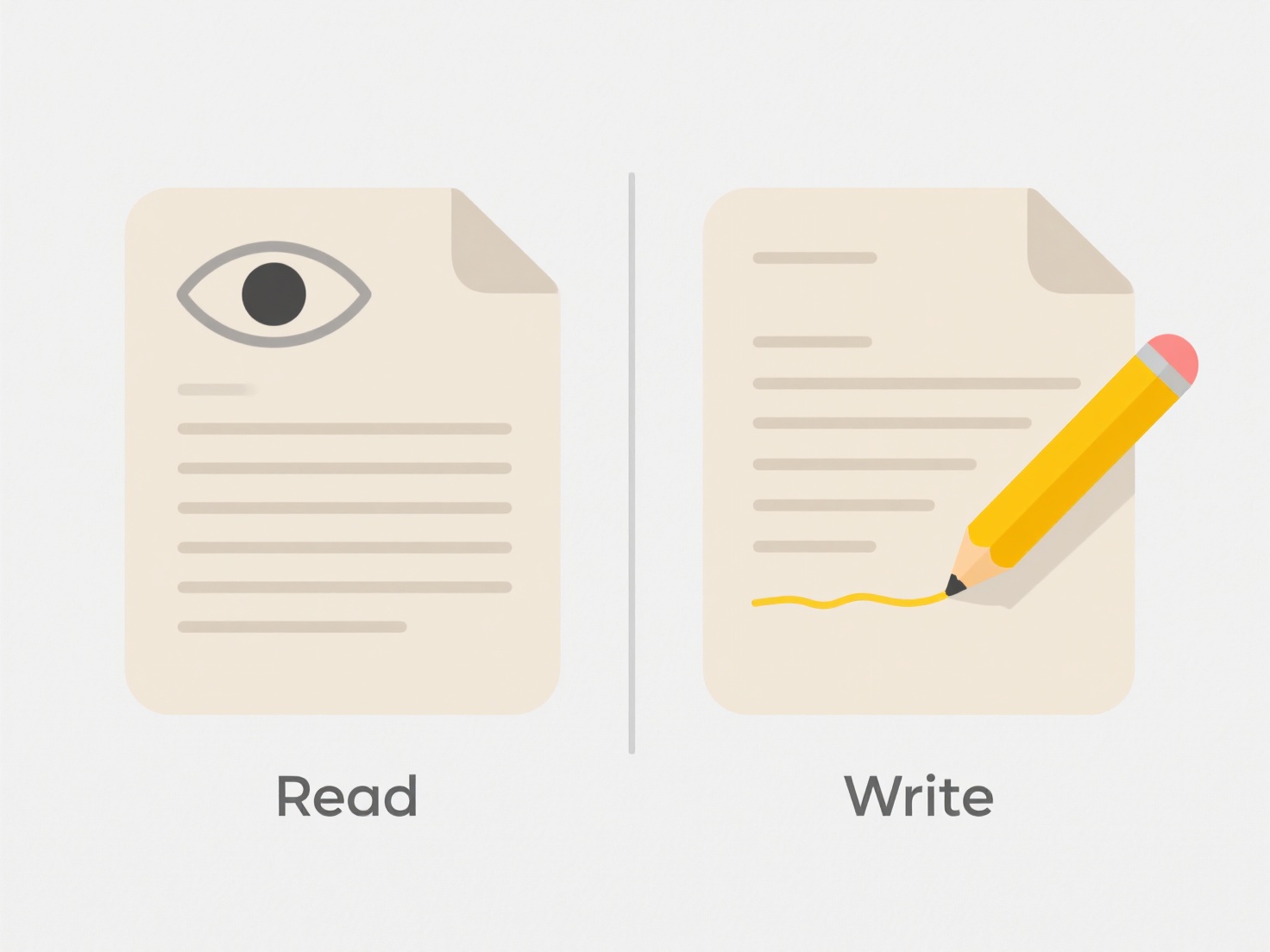
File conflicts occur when multiple users attempt to modify the same file simultaneously in a shared environment, like cloud storage or version control systems. Fundamentally, conflicts arise because different changes made to the same part of a file cannot be automatically merged by the system. This typically happens during the syncing or merging process if the system detects overlapping edits that contradict each other. It differs from simple overwriting, where one change completely replaces the older version; conflicts prevent accidental loss by highlighting the contradiction explicitly.

For instance, in document collaboration (e.g., in Google Docs or Microsoft Office), conflicts are rare because the systems typically lock sections or merge keystrokes in real-time. However, conflicts are more common when synchronizing offline changes to cloud storage like Dropbox or when merging branches in development tools like Git. Two developers editing the same function in a code file locally and then pushing their changes simultaneously would cause a conflict Git cannot resolve automatically.
While file conflicts protect against unintended data loss by forcing manual review, they also create workflow interruptions and potential delays. They highlight the limitations of simple version control mechanisms compared to more sophisticated real-time collaborative technologies. Future developments aim to reduce conflicts through better automatic merging algorithms and real-time editing awareness, improving productivity in collaborative environments.
Why do file conflicts happen?
File conflicts occur when multiple users attempt to modify the same file simultaneously in a shared environment, like cloud storage or version control systems. Fundamentally, conflicts arise because different changes made to the same part of a file cannot be automatically merged by the system. This typically happens during the syncing or merging process if the system detects overlapping edits that contradict each other. It differs from simple overwriting, where one change completely replaces the older version; conflicts prevent accidental loss by highlighting the contradiction explicitly.

For instance, in document collaboration (e.g., in Google Docs or Microsoft Office), conflicts are rare because the systems typically lock sections or merge keystrokes in real-time. However, conflicts are more common when synchronizing offline changes to cloud storage like Dropbox or when merging branches in development tools like Git. Two developers editing the same function in a code file locally and then pushing their changes simultaneously would cause a conflict Git cannot resolve automatically.
While file conflicts protect against unintended data loss by forcing manual review, they also create workflow interruptions and potential delays. They highlight the limitations of simple version control mechanisms compared to more sophisticated real-time collaborative technologies. Future developments aim to reduce conflicts through better automatic merging algorithms and real-time editing awareness, improving productivity in collaborative environments.
Quick Article Links
Can I use regex patterns to rename files?
Regular expression (regex) patterns define text search patterns using special sequences for matching complex string vari...
Why can't I open a file with an unknown extension?
An unknown file extension indicates your operating system lacks a default program association to handle that file type. ...
Can one file have multiple formats inside it (e.g., hybrid files)?
Some files can indeed contain multiple formats within a single file structure, known as container or hybrid files. Inste...